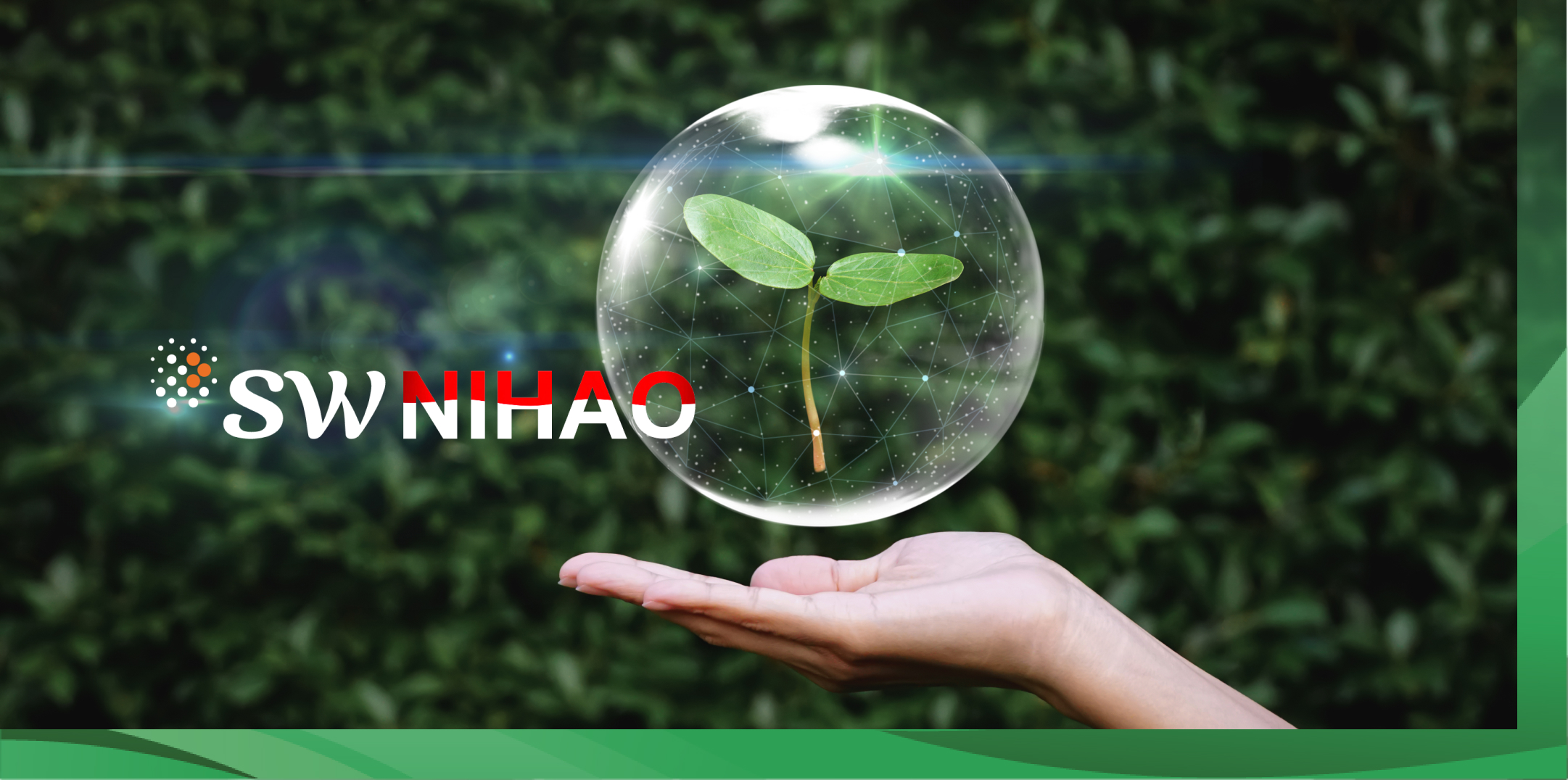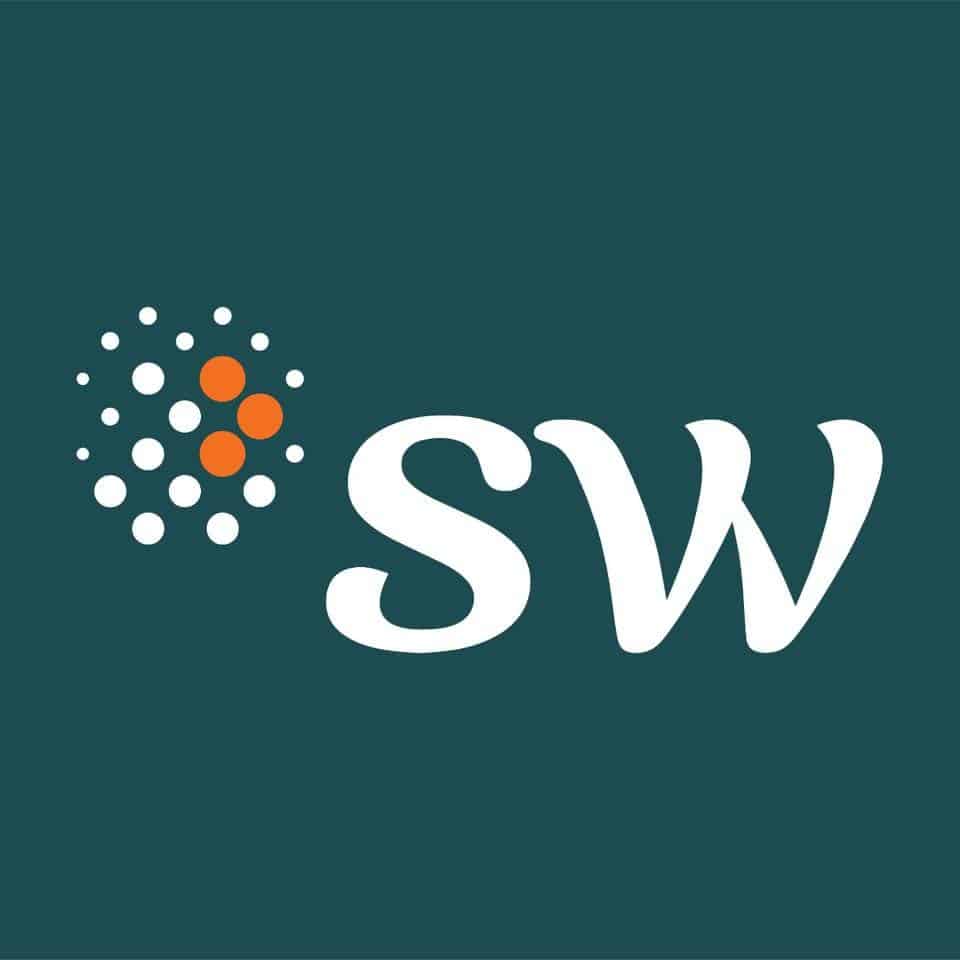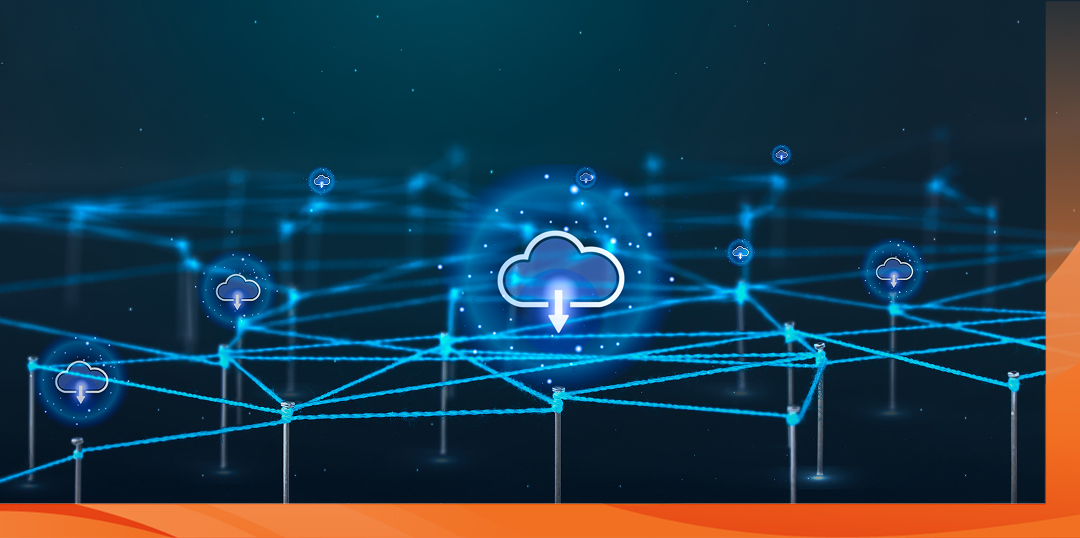随着人们对可持续性需求的认识日益提高,循环经济作为构建环保经济体系的重要途径逐渐受到关注。与传统的线性经济模式(即“生产-使用-丢弃”)不同,循环经济通过最大化资源利用和最小化废弃物提供创新解决方案,它的目标是彻底消除废弃物,提倡自然资源的持续使用。
在循环经济中,产品和服务的设计旨在便于重复使用或回收利用。产品不再是一次性使用,而是可以拆解并重新用于未来生产,或者能够自然分解且不对环境造成危害。
循环经济的目标是减少对新材料的依赖,同时显著降低废弃物的产生。在生产和分销过程中,它优先考虑可再生能源的使用,确保资源的高效管理。这种模式不仅更加可持续,而且从长远来看也更具成本效益。
向循环经济转型
艾伦·麦克阿瑟基金会(Ellen MacArthur Foundation)是推动循环经济转型的领先组织之一。该组织介绍了一种将材料分为两大主要类别的模型:可再生材料和不可再生材料(有限/技术性材料)。
- 可再生材料
可再生材料(如生物化学品消费产生的废料)被重新用于能源生产或作为农业投入品。这种方法能最大限度地利用光合作用产生的能量,而光合作用是食物链的基础。 - 不可再生材料
对于不可再生材料,循环经济鼓励通过共享和维护产品来实现多次使用。随后,产品可以被翻新以供重复使用,然后最终被回收利用。
利用这两类主要材料的目标是减少废弃物,并确保所有产品(无论来源于可再生资源还是不可再生资源)在其生命周期内得到优化利用。通过将循环经济的原则融入可持续经济的框架,我们能够建立一个更加韧性且公平的经济体系,同时维持地球生态系统的平衡。
As the webmaster and author for SW Indonesia, I am dedicated to providing informative and insightful content related to accounting, taxation, and business practices in Indonesia. With a strong background in web management and a deep understanding of the accounting industry, my aim is to deliver valuable knowledge and resources to our audience. From articles on VAT regulations to tips for e-commerce taxation, I strive to help businesses navigate the complexities of the Indonesian tax system. Trust SW Indonesia as your go-to source for reliable and up-to-date information, empowering you to make informed decisions and drive success in your business ventures.
View all posts













